AVSTRALIJA MELBOURNE
V četrtek, 2.2. 2017 smo v Mladinski sobi pogledali fotografije in prisluhnili predavanju iz potovanja v Avstraliji.
Vzgojiteljica vzgojne skupine 6b, Rasta Večko, sem bila pred dvema letoma in pol v Avstraliji. V Melbournu sem predavala na kongresu, kjer smo se zbrali likovni pedagogi, profesorji umetnosti, predavatelji na fakultetah, zaposleni v muzejih in galerijah ter umetniki. 34th WORLD CONGRES OF THE INTERNATIONAL SOCIETY FOR EDUCATION THROUGH ART v organizaciji INSEA je potekal od 7. do 11. julija 2014 v Melbournu , v znamenitem Cricket Ground. (1956 so tu potekale poletne olimpijske igre.) Ponosna sem bila, da sem bila edina Slovenka, ki sem bila izbrana in povabljena, da predstavim našo umetnost. Predavala sem o panjskih končnicah in ogrela zanje ( in za Slovenijo) veliko udeležencev. Z menoj so posneli za televizijo tudi krajši prispevek, v katerem sem pohvalila organizatorje in predstavila panjske končnice, Slovenijo in Maribor. Povzetek predavanja si lahko preberete na koncu zapisa ali na:
http://www.insea2014.com/d/program/InSEA2014_Abstracts_Oral_Presentations.pdf
Na kongresu sem z zanimanjem poslušala predavatelje iz drugih kontinentov. Ves teden sem v prostem času obiskovala muzeje in galerije ter umetniške zbirke.
Po končanem kongresu sem bivala še 14 dni na mikavni farmi, kamor me je povabil “Avstralec” Vinko Rizmal. Gospod, poln idej in izzivov, je pred leti izpeljal promocijski projekt Stare trte v Avstraliji. Dogovoril se je z županoma mesta Maribor in melbournške občine Yarra Ranges ter pridobil dovoljenja in prenesel cepiče Stare trte v Avstralijo. Z gostiteljem smo obiskali nahajališče in nekaj trt tudi presadili. Gostitelj je uredil tudi intervju za Radiom SBS, kjer sem 29. julija v sproščenem devetminutnem prispevku z Lentijem Lenkom povedala o svojem prvem obisku v Avstraliji. Posnetek je dosegljiv na:
Najbolj sem bila na oddaljenem kontinentu navdušena nad pragozdom, urejenostjo in prijaznostjo. Melbourne je glavno mesto zvezne države Viktorija v Avstraliji. Ima 4.000.000 prebivalcev in je drugo največje mesto v Avstraliji. Melbourne je bil tudi glavno mesto Avstralije od leta 1901 do 1927. Eno izmed posebnih prevoznih sredstev v Melbournu je tramvaj. Znamenitosti v Melbournu Flinders Street Station – železniška postaja, zgrajena leta 1910 v francoskem renesančnem stilu, Shrine of Remembrance – spomenik vojnim žrtvam, Federation Square, Eureka Tower so veličastne. Arhitektura me je prevzela. Čudoviti parki in živalski vrt pa so ostali v nepozabnem spominu. Kenguruji, ki so skakali okoli mene med vinogradi, grenivke, ki sem jih jedla z drevesa, obisk gorovja s plezalko Zaliko ter številne poslikave v ulici grafitov in imenitne galerije….Vse to bi bilo zagotovo všeč tudi vam. Najlepša stvar, ki sem jo doživela pa je obisk galerije na prostem v pragozdu med največjimi drevesi v skupini listnatih dreves evkaliptusi, kjer so razstavljene posebne skulpture poraščene z mahom umetnika Williama Rickettsa. Spoznala sem tudi dve priznani in uveljavljeni avstralski umetnici, ki sta me navdušili. V predstavitvi pa sem dala poudarek umetnosti Aboriginov.
Rasta Vrečko
A Slovenian phenomenon – painted beehive front panels , Rasta Vrečko Fašmon
Dijaški Dom Lizike Jančar, Maribor, SLOVENIA
In the 18th and 19th centuries apiculture was one of the most important economic branches in Slovenia. Beekeeping in Slovenia has a long tradition. We are very proud of the native Carniolan bee (Apismelliferacarnica). The excellent bee products and painted beehives are a Slovenian phenomena. The excellent bee products and painted beehives are a pride of Slovenia. Painted beehive panels are part of Slovenian cultural heritage. The wooden panels on the front of bee houses posed a challenge for folk artists. ‘Beehive Panel ‘ is the name that is used for the painted boards, which close the Carniola bee hives. Beehive panels were painted by late baroque painters, farmer painters, entirely selftaught painters and occasional painters. Among them were also beekeepers, who painted their own beehives. Beehive panel painting started in the Slovenian districts of Carinthia and Carniola. Pictures emerged in the mid-18th Century. Painting on wooden boards was thereafter extended to the entire territory of Slovenia. The images flourished in the period between 1820 and 1880. In the early 20th century beehive panel paintings became increasingly rare. Painting on hives ended sometime after the First World War. Beehive panels have unusual size in that they have a disproportionate width and height. The panels typically measure 30 centimetres by 12.5 centimetres respectively. The colours on the beehive panels are made from durable linseed oil, natural pigments as well as wax coating. Slovenia ‘ museums have preserved a lot of original paintings on beehive panels. The Most valuable collections of painted beehive panels in Slovenia are held at the Slovenian Ethnographic Museum and the Museum of Apiculture in Radovljica. Over the 150 year history more than 50,000 beehive panels with around 600 different motifs were painted. They have predominantly figural motifs. Half of them depict religious themes. Saintly motives on bee houses were painted in order to protect bees. After 1820 the paintings of saints joined motifs from everyday life and motives of fictional messages. Painters depicted a lot of historical events and many scenes from everyday life, like misogynist images, professional hierarchy and satire from everyday life. Many of these themes are often depicted through animals. The painters also painted the celebrations and wars. Lots of beehive panels illustrate animals. There are some very interesting designs that draw attention to human folly along with a few motifs that mocked women. Paintings are very important because images show the relationship between human beings and the world. Beekeepers installed beehive panels at honey houses and so visually distinguished hives from each other. Bee houses became ‘open air art galleries’. Beehive front panels have been researched by a number of authors. Art teachers are working hard to ensure that painted beehive panels do not disappear into oblivion, as they are unique in the word. Slovenia is the only European Union member state to have protected its native the 117 Carniola bee. Beehive panels represent an indispensable part of Slovenian folk art. Today it is possible to buy replicas of beehive panels and decorate homes with them. New beehive panels done in the antique style can be found among the more original Slovenian tourist souvenirs. Some Slovenian beekeepers still like to adorn their bee houses with painted panels. Some of them also use modern motifs. In Slovenia some art contests for children on the theme ‘painted beehive front panels’ have been organised. Some of the artworks at design contests were extremely interesting. An interesting international project was also ‘The ax in honey’ where the renowned artists from different countries drew comics based on motifs from the beehive panels treasury. The result was a collection of nine books titled ‘Honey Talks – Comics Inspired by Painted Beehive Panels’. I will take the initiative to invite art teachers and children from different parts of Slovenia to enter the creative Competition ‘Painted beehive front panels – satire of everyday life’, where the young artists should produce beehive panels using both old and new techniques. Let ‘s work together to combine tradition and innovation!
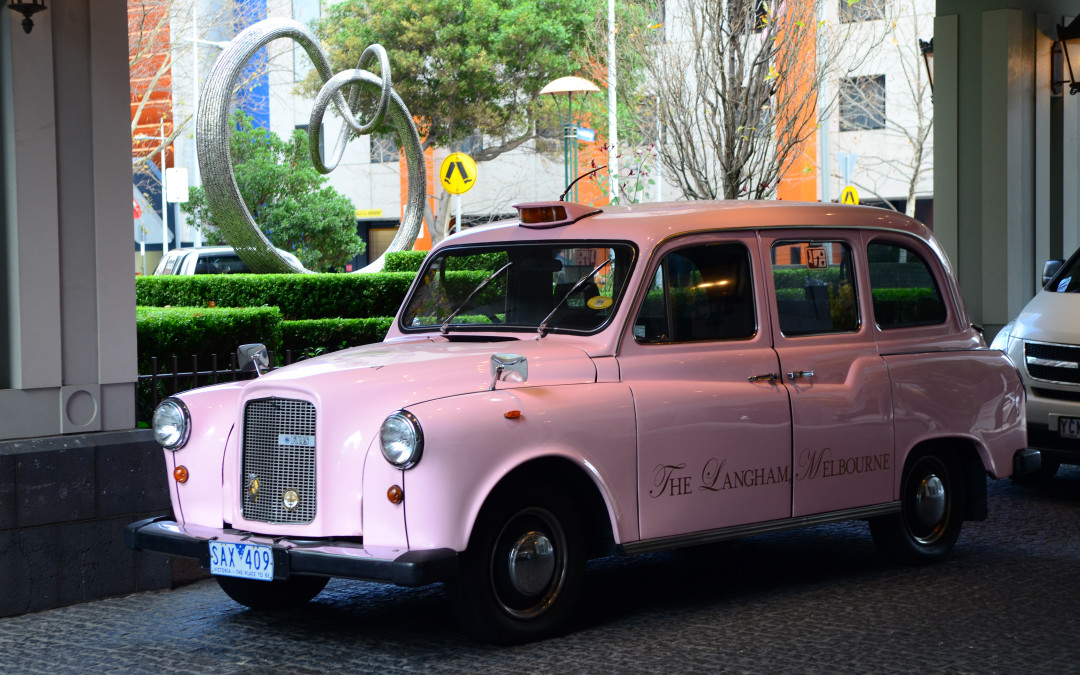
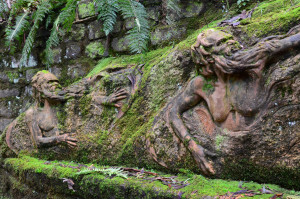
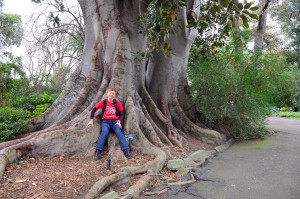
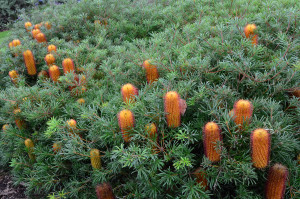
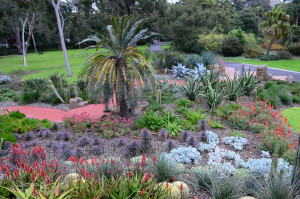
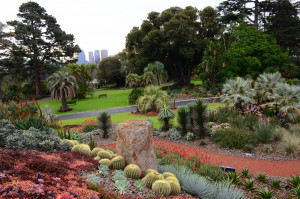
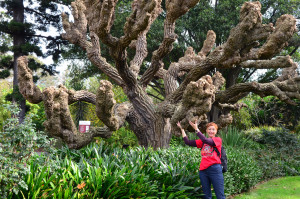
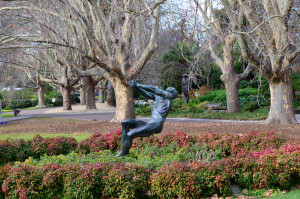
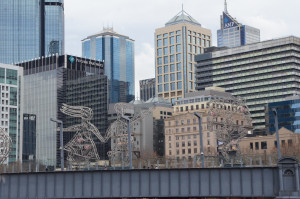
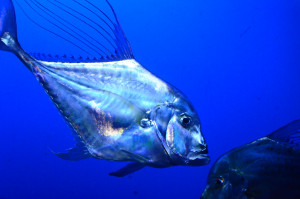
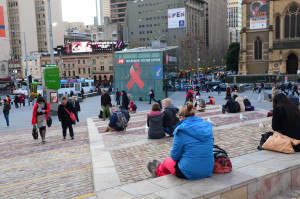
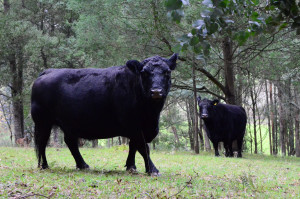
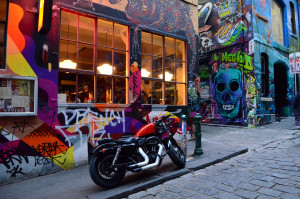
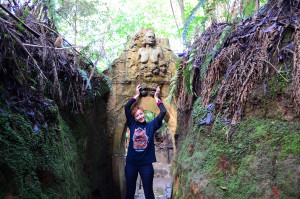
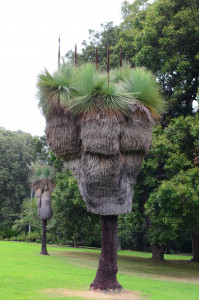































![| 𝐏𝐫𝐨𝐣𝐞𝐤𝐭 𝐔𝐒𝐓𝐕𝐀𝐑𝐉𝐀𝐉𝐌𝐎 | 𝐓𝐚 𝐭𝐞𝐝𝐞𝐧 𝐢𝐳𝐩𝐨𝐬𝐭𝐚𝐯𝐥𝐣𝐚𝐦𝐨: 𝕃𝕚𝕫𝕒 𝕊̌𝕥𝕖𝕙𝕒𝕣𝕟𝕚𝕜
Ta teden izpostavljamo soimenakinjo naše Lizike (Majde Jančar), dijakinjo 𝐋𝐢𝐳𝐨 [𝐋𝐢𝐳𝐢𝐤𝐨] 𝐒̌𝐭𝐞𝐡𝐚𝐫𝐧𝐢𝐤. Liza aktivno obiskuje interesno dejavnost, ima velik potencial mlade kreativke, je željna znanja in napredka pri risanju.
@lizasteharnik
#DDLizika #Ustvarjajmo #dijaki #dijaškidomovislovenije](https://scontent-vie1-1.cdninstagram.com/v/t39.30808-6/438814260_746204827675674_255253193554406376_n.jpg?_nc_cat=100&ccb=1-7&_nc_sid=18de74&_nc_ohc=YjTcS-IiEmAQ7kNvgGuzp1u&_nc_ht=scontent-vie1-1.cdninstagram.com&edm=ANo9K5cEAAAA&oh=00_AYDP1WwAmVMcAmu4_x8BMDcOMUjghy9ke65UHiPD7uC2NA&oe=66AA2697)
![| 𝐏𝐫𝐨𝐣𝐞𝐤𝐭 𝐔𝐒𝐓𝐕𝐀𝐑𝐉𝐀𝐉𝐌𝐎 | 𝐓𝐚 𝐭𝐞𝐝𝐞𝐧 𝐢𝐳𝐩𝐨𝐬𝐭𝐚𝐯𝐥𝐣𝐚𝐦𝐨: 𝕃𝕚𝕫𝕒 𝕊̌𝕥𝕖𝕙𝕒𝕣𝕟𝕚𝕜
Ta teden izpostavljamo soimenakinjo naše Lizike (Majde Jančar), dijakinjo 𝐋𝐢𝐳𝐨 [𝐋𝐢𝐳𝐢𝐤𝐨] 𝐒̌𝐭𝐞𝐡𝐚𝐫𝐧𝐢𝐤. Liza aktivno obiskuje interesno dejavnost, ima velik potencial mlade kreativke, je željna znanja in napredka pri risanju.
@lizasteharnik
#DDLizika #Ustvarjajmo #dijaki #dijaškidomovislovenije](https://scontent-vie1-1.cdninstagram.com/v/t39.30808-6/438777865_746204817675675_1734680011544443879_n.jpg?_nc_cat=102&ccb=1-7&_nc_sid=18de74&_nc_ohc=WfRHLlIF2HkQ7kNvgFgygUP&_nc_ht=scontent-vie1-1.cdninstagram.com&edm=ANo9K5cEAAAA&oh=00_AYB3DLb-tQovqP2A1yI7PufHotnJFAgt0OKCFeSn5R9p8w&oe=66A9F734)






































